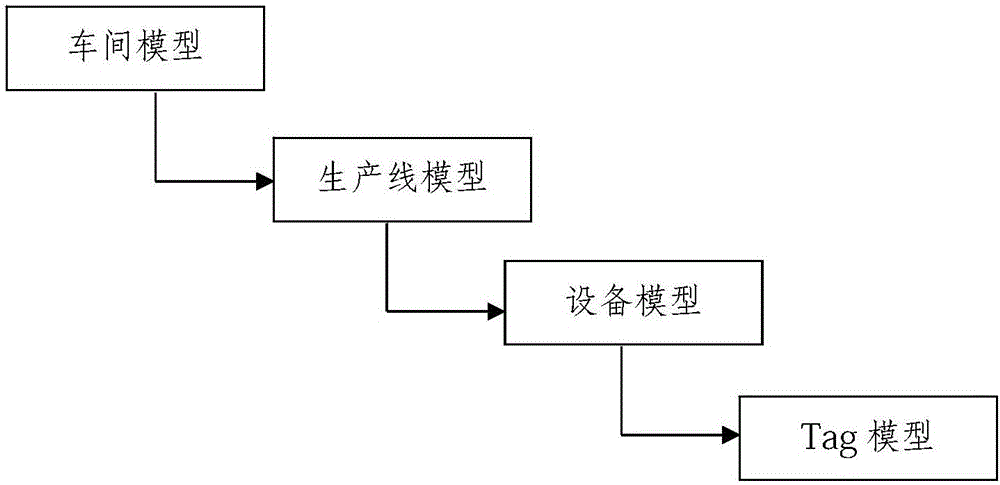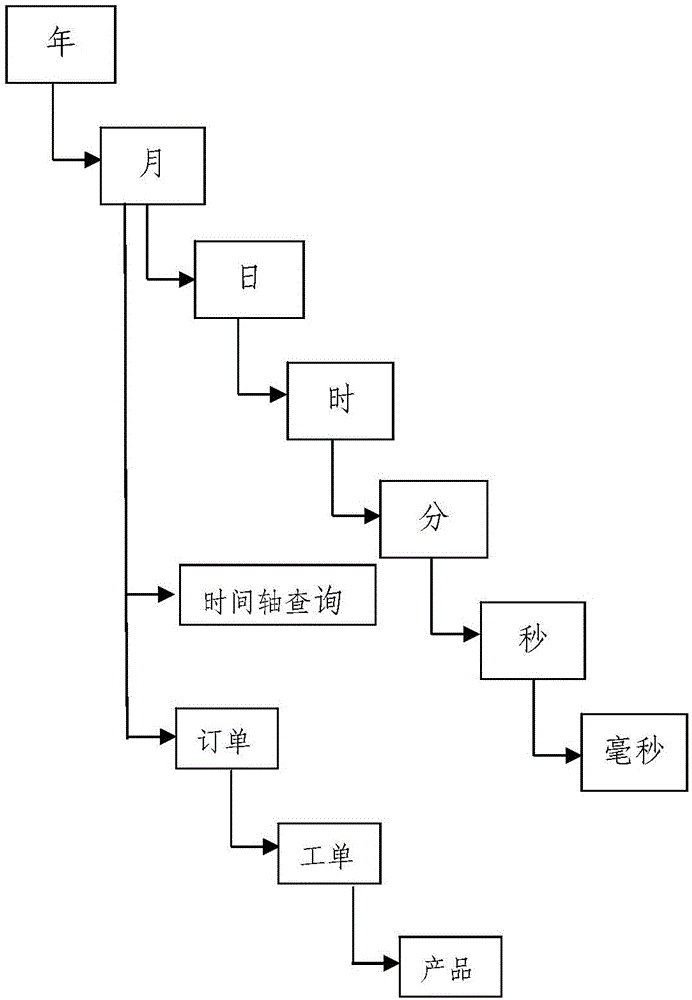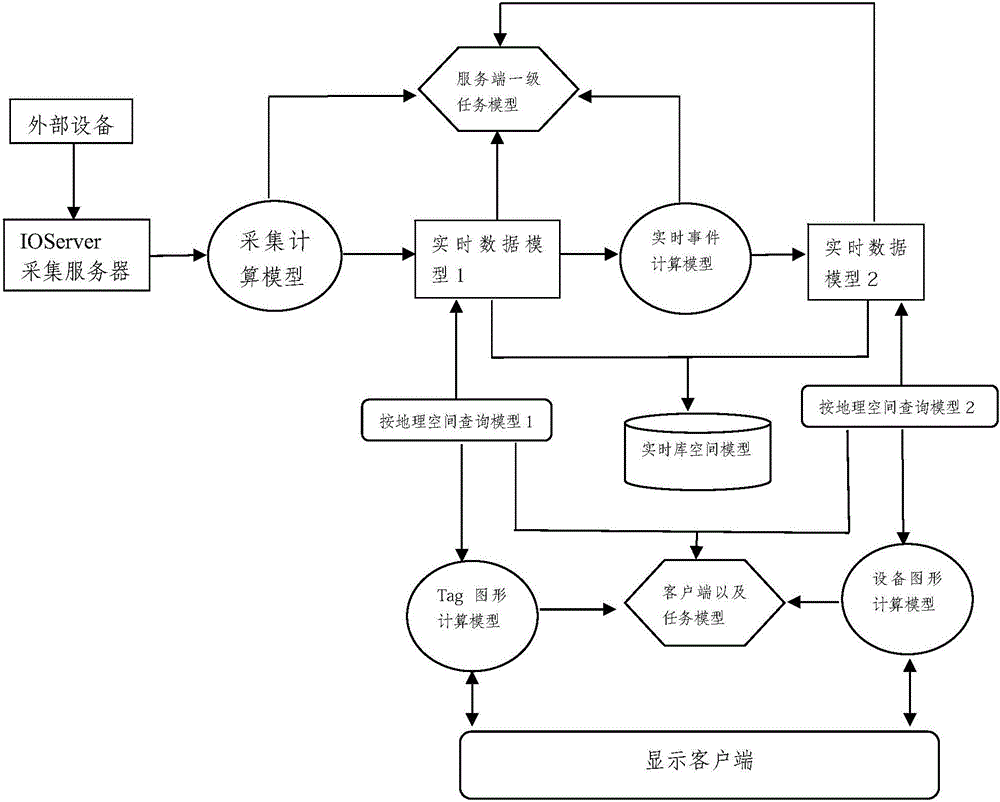Object data subscription method based on spatiotemporal database
A technology of object data and database, applied in database model, multi-dimensional database, electronic digital data processing and other directions, can solve the problems of no dynamic update of database, inconvenient database query and invocation, and differentiated description.
- Summary
- Abstract
- Description
- Claims
- Application Information
AI Technical Summary
Problems solved by technology
Method used
Image
Examples
Embodiment 1
[0067] The modeling of the spatio-temporal database in a method for subscribing object data based on the spatio-temporal database of the present invention at least includes the following steps:
[0068] The organization process of the data object, the organization process also includes the definition process and the operation process of the data object, wherein the definition process includes the realization of the definition of the data object by the time dimension and the space dimension of the object, and the definition of the object The time dimension includes data structures of at least three time dimensions, thereby forming a data structure including an object model library and an engineering object library.
[0069] The data of at least three time dimensions of the data object include real-time data, historical data and planned data; and, the real-time data, historical data and planned data of the object data are respectively stored in corresponding real-time databases, ...
Embodiment 2
[0104] In this embodiment, the modeling method for the data object is as follows:
Embodiment approach
[0105] Taking the workshop as an example, the orders produced in the workshop will be decomposed into several production line work orders, and each production line work order will be correspondingly implemented on the products produced by the production line. Therefore, according to a preferred implementation method of the present invention, the workshop Perform modeling including temporal and spatial attributes:
[0106] Wherein the management object is the workshop, such as figure 1 As shown, the customized space model of the workshop is workshop model-production line model-equipment model-Tag model; for example figure 2 As shown, the custom time model is the system's own time model year, month, day, hour, minute, second, millisecond, the order model whose parent model is the month model and the time axis query model, and the parent model is the work model of the order model. A single model and a product model whose parent model is a work order model.
[0107] According t...
PUM
 Login to View More
Login to View More Abstract
Description
Claims
Application Information
 Login to View More
Login to View More - R&D
- Intellectual Property
- Life Sciences
- Materials
- Tech Scout
- Unparalleled Data Quality
- Higher Quality Content
- 60% Fewer Hallucinations
Browse by: Latest US Patents, China's latest patents, Technical Efficacy Thesaurus, Application Domain, Technology Topic, Popular Technical Reports.
© 2025 PatSnap. All rights reserved.Legal|Privacy policy|Modern Slavery Act Transparency Statement|Sitemap|About US| Contact US: help@patsnap.com



